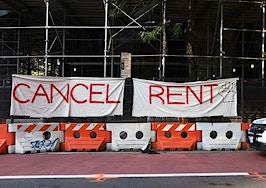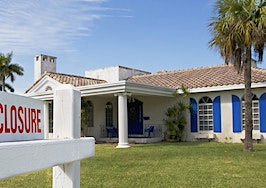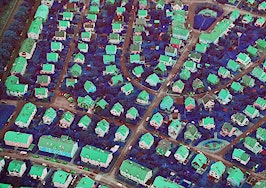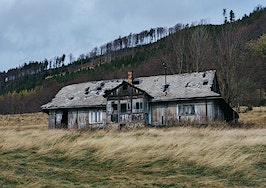The total number of foreclosure filings in 2020, including default notices, scheduled auctions and bank repossessions, plummeted 57 percent from 2019 to a total of 214,323 foreclosure filings on U.S. properties, according to Attom Data Solutions’ Year-End 2020 U.S. Foreclosure Market Report.
That figure is also down 93 percent from a peak of about 2.9 million filings in 2010 to the lowest level recorded since Attom began tracking foreclosure filings in 2005.
Properties with foreclosure filings made up just 0.16 percent of all U.S. housing units in 2020, a decline from 0.36 percent in 2019 and 2.23 percent in 2010.

In December 2020, U.S. foreclosure filings increased 8 percent from the month before to a total of 10,876 properties with foreclosure filings, but that figure was still down 80 percent from the year before.
During a year in which a global pandemic brought much of the world to a standstill, most evictions and foreclosures were halted through federal and state orders.

Rick Sharga | RealtyTrac
“The government’s moratoria have effectively stopped foreclosure activity on everything but vacant and abandoned properties,” Rick Sharga, executive vice president of RealtyTrac, said in a statement. “There is a backlog of foreclosures building up — loans that were in foreclosure prior to the moratoria; loans that would have defaulted under normal circumstances; and loans whose borrowers are in financial distress due to the pandemic. While it’s still highly unlikely that we’ll see another wave of foreclosures like the one we had during the Great Recession, we really won’t know how big that backlog is until after the government programs expire.”
Since their peak in 2010, bank repossessions (REO) decreased 95 percent during 2020, and were also down 65 percent from 2019. However, a few select metro areas bucked the national trend and saw annual increases in REOs, including Lake Havasu, Arizona (up 30 percent); Champaign, Illinois (up 29 percent); Chico, California (up 26 percent); and Bremerton, Washington (up 25 percent).
Foreclosure starts also saw a new record low in 2020, with a total of 131,372 foreclosure starts in the U.S. over the course of the year. That figure was down 61 percent from 2019 and down 94 percent from its peak of 2,139,005 starts in 2009 during the Great Recession. Even so, one state, Idaho, saw a slight increase of 4 percent in foreclosure starts from 2019.
“The impact of the government foreclosure moratoria and mortgage forbearance programs is nowhere more obvious than in the foreclosure start numbers from 2020,” Sharga added. “We ended the year with a near-record number of seriously delinquent loans, but historically low levels of foreclosure activity. The good news is that the government and mortgage industry succeeded in working together to prevent unnecessary foreclosures; the question remains how many homeowners whose finances have been affected by the pandemic will ultimately default on their loans, and whether the strength of the housing market will help cushion the fallout.”
Overall, Delaware (0.33 percent of units with a foreclosure filing), New Jersey (0.31 percent), Illinois (0.30 percent), Maryland (0.26 percent) and South Carolina (0.24 percent) posted the highest statewide foreclosure rates in 2020.
At the metro level, Peoria, Illinois (0.48 percent of units with a foreclosure filing); Rockford, Illinois (0.44 percent); Trenton, New Jersey (0.44 percent); Atlantic City, New Jersey (0.40 percent); and McAllen, Texas (0.35 percent); reported the highest foreclosure rates over the course of the year.













